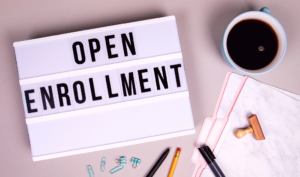
How to Level Up Employee Benefits Education With Video
As employee engagement continues to drift downward, organizations everywhere are looking for more efficient, effective ways to connect and communicate with their workforce. This is

As employee engagement continues to drift downward, organizations everywhere are looking for more efficient, effective ways to connect and communicate with their workforce. This is

Open enrollment season is upon us again, and the world of work continues to shift at a head-spinning pace. This fluid environment poses benefits-related challenges

Is the benefits information you have to tell employees important before and during Open Enrollment? You bet! Easily understood? Not always. According to the latest

If you’re in HR, no matter your role, you have complex messages to communicate to employees. You also likely have a hard time getting them

The Human Resources department is one of the essential departments in any company. It is responsible for a number of activities. Some of them include